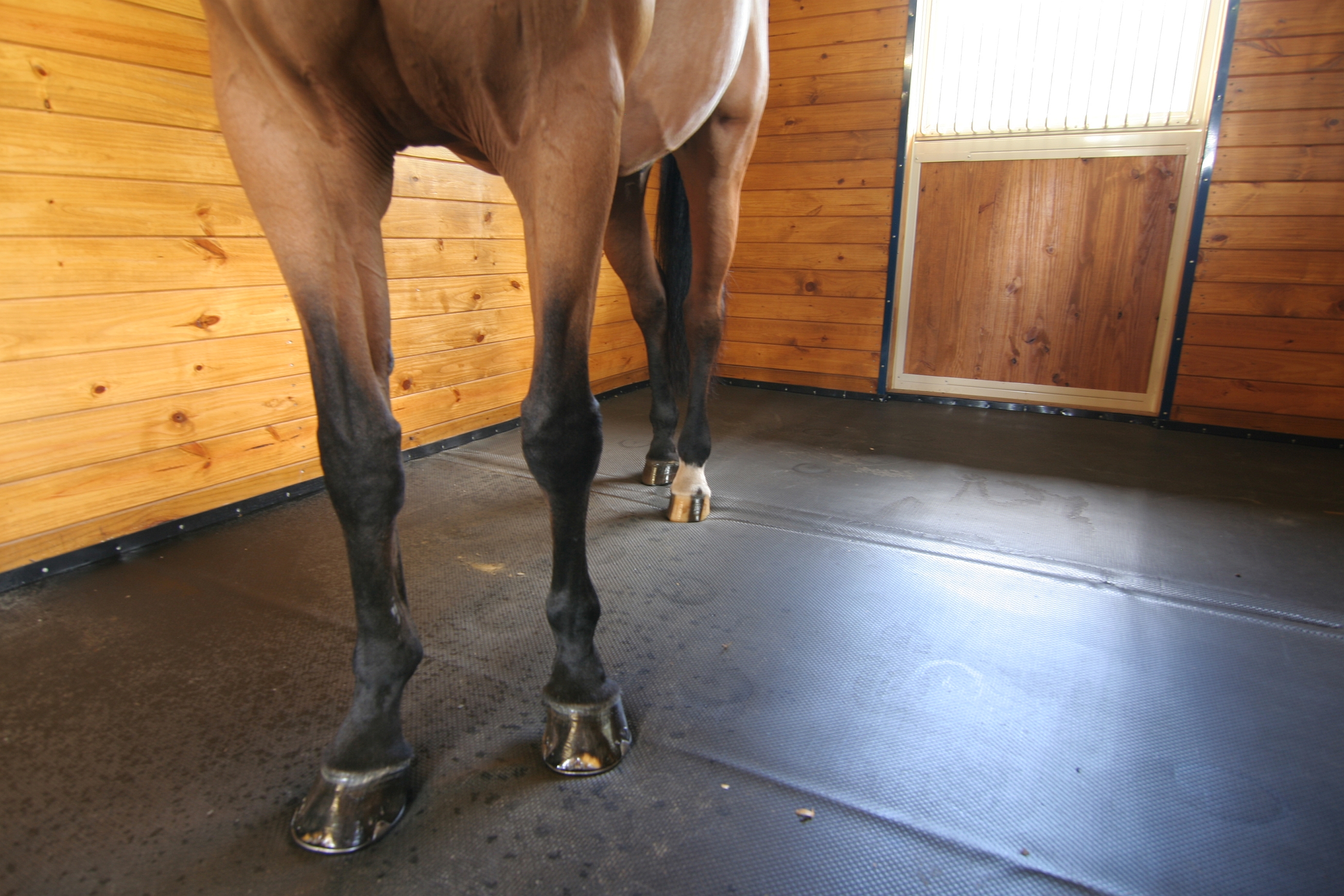The inhalation of molds can be an irritant to a horse as much, if not more, than �basic� dust,� opacinch says.the mixture of rubber and sand helps to reduce dust somewhat, but the primary purpose of the rubber is to suspend the sand mixture and to help reduce compaction, which in turn reduces the breakdown of the sand, reducing the dust.. The thread about dirt floors for livestock barns got me thinking.....our barn, used for horse stalls, woodworking, raising baby chickens, storing the riding mower and various other outdoor tools, and also used for storing hay, has a very dusty dirt floor.. The danger in the dust article donated by the mane points horse resource center. dust is everywhere in your barn. from the hay stall or loft to the floor to the rack room, it invades all corners..
Their horses and stable employees. horse owners should take steps to reduce prolonged exposure to those irritants. factors of air quality in the barn, airborne dust is composed of particulates from various sources, including soil, mold, bacteria, insects and mite fragments, hair, manure and plant material, to name a few. dusts and molds can be. The researchers measured the dust concentration in every horse�s stall three times each day. particles of dust, mold, and pollen were generally most prevalent in stalls where windows were small and ventilation was poor. areas with low air movement, such as in the center of a barn, had high levels of dust.. Store hay in a structure separate from stables to reduce stall dust; overhead hay storage in horse barns is particularly dusty. do not attach an arena to the barn..
